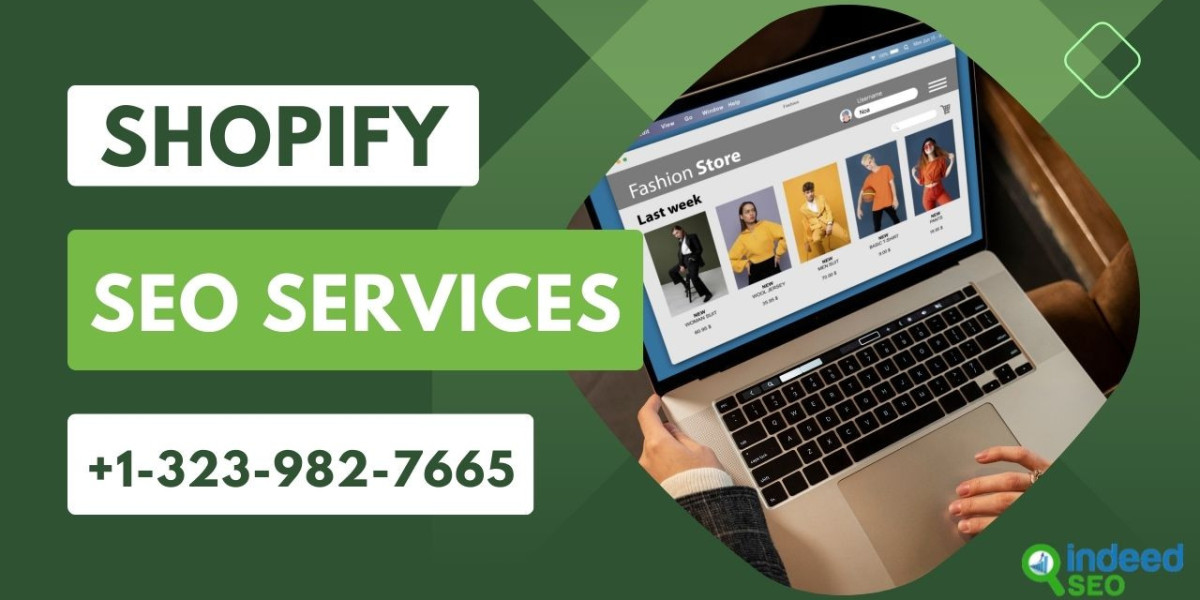There's a popular joke in the SEO world: If you want to hide a dead body, hide it on the second page of Google because no one goes beyond the first page of SERP.
So it's evident no one wants their product pages to hang out with dead bodies on the second or third page of Google. Therefore — in hopes of improving the rank of your product page — you try to follow every online tip about SEO optimization.
But ever wondered why your pages are not ranking as promised — by all the SEO tips you find online?
Most people share pretty much the same tips on increasing SEO ranking. But they're missing out on the most impactful element — and that is — EAT.
Or Google's new name for what every high-quality page needs – a high level of expertise, authoritativeness, and trustworthiness (EAT).
It matters reason being Google now only ranks pages that meet the criteria of EAT on their homepage.
So if you want your Shopify page to rank, you need to start with the essential elements for ranking.
In this article, you will learn the essential tips for optimizing your Shopify store and improving your ranking on SERP. Let's get right into it.
How to Optimize Shopify Store
Now that you know the significance of SEO for your Shopify store, let's start with how you can make the best use. To optimize your Shopify store, leverage Shopify SEO experts to enhance on-page elements, improve site speed, and build quality backlinks. Here are some Shopify strategies that cover the answers to all your questions on optimizing the Shopify store.
Tip: 1 Start Your Research by Analyzing the Buyer's Intent
Thousands of stores are selling one type of product. But out of these stores, we only like to buy from a few stores over and over again.
Be it through A-grade products, enhanced customer support provided by platforms like IndeedSEO, or offers that cater specifically to our needs. They give us the overall best buying experience.
You want a similar effect on your customers for your Shopify store. Remember the rule of thumb. Your store should be built for customers. When it comes to user research, remember that people may forget what they bought, but they will never forget how you made them feel.
Keywords and Meta descriptions are still important. Since the initial step of searching anything is by using keywords, it's not just the keyword that matters — it's the intent behind a specific keyword concerning the algorithm.
Users become better searchers as their knowledge improves. That is why you must understand the intent behind keyword searches. It explains why certain keywords have higher search queries than others.
Analyzing buyers' intent will help you create content that matches customers' needs, and Google favors your searchers over anything. Making it achievable for your content to meet the requirements of EAT.
Tip: 2 Use the Right Keywords to Increase Searchability
Keywords are important. But what makes them do their work is using the right ones in the right place. Keyword research doesn't mean picking the ones with high traffic volume.
Your keywords should align with what your ideal customers are looking for, which you can obtain by following the previous section. The purpose of your research is to find out the keywords that your potential customers are using while searching for your product.
Short-tail keywords are one or two terms most closely related to your company and products. Short-tail keywords attract a lot of traffic, but they also attract a lot of competition. They can be more profitable as well as more difficult to rank for.
Long-tail keywords are phrases that are longer and sound more "human," such as "how to optimize Shopify store speed."
But above the two kinds, you should prioritize long-tail keywords. This will help you get the attention of your target audience. Here's how:
A Thailand-based halal meat store might think using keywords like - "halal meat" can easily show them on search results. But when the customers search the term "halal meat," they'll get generic results about – halal meat or halal meat recipes.
Consider the user intent. If they narrow down their target keywords and go after "halal meat in Thailand" or "halal meat Thailand," they are most likely to appear in such specific and relevant results.
Put yourself in the customer's shoes. Try targeting keywords that are closely related to your product. This will also help you stay relevant to Google's EAT requirements.
Tip: 3 Avoid Keyword Cannibalization
Doing a keyword cannibalization check for your Shopify store is crucial.
Cannibalization is where you have more than one page attempted to rank for the same keyword. This is very common with e-commerce stores.
Especially for ones with all the similar products. Because most of them tend to have a collection and products with a similar name, it's similar to having a collection called Cat Toy and products also named XYZ Cat Toy.
What happens is that you have five different products, and every single one has a URL cat toy and also the collection that's cat toys. And all of these target the same keyword.
This causes keyword cannibalization issues. So make sure you're not targeting the same keywords across multiple pages. Also, make sure you don't have multiple product pages that are the same.
This is common with Shopify stores where someone will have the same product, just duplicated in different collections. So try to avoid that if possible.
But if you still want it, make sure you don't index the second duplicated product. But rather canonicalize it to the original one that it is duplicated from.
We're sure you understand how much of a big deal this is this far. To avoid such issues, make sure to run a keyword cannibalization check for your Shopify store.
Tip: 4 Integrating Verified Reviews Help with EAT and Conversion Rate
Nothing is more persuasive than reviews when it comes to showcasing the authenticity of a product. Products with the highest reviews tend to be bought more often than ones with none because of trustworthiness.
Customers tend to believe more in other customers' or their peer's feedback than any attractive ads they see online. It's social evidence that helps customers make purchases and build trust.
Search engine optimization benefits greatly from organized data from reviews (SEO). That means if you get more reviews, you earn the trust of Google. And later, it impacts your chances of ranking on the first page.
Remember, google analyzes everything. So when Google sees active and engaging reviews on your Shopify store – it will consider your content to be trustworthy and boost your SERP position.
Tip: 5 UGC Can Be Your Social Proof to Generate Conversion
UGC (User Generated Content) is the next big strategy in the marketing world as it's a more viable and cost-effective marketing strategy than ever.
With growing social media platforms and interaction space, people are now sharing more information about their own experiences with a product or service. People do not trust ads.
Sure, they enjoy ads, but they don't believe in random branded ads without any evidence of their results. But what people do trust is feedback from other people.
According to ExpertVoice, 92% of people are more likely to trust a recommendation from another person over branded content.
This is where UGC comes into the picture. It gives your brand the social authenticity that your consumers are craving.
All just by allowing users to say how they feel. By leveraging UGC, you are gaining the trust of your customers and Google. It makes your Shopify store seem more trustworthy and authentic. And it has a great deal of impact on converting visitors.
Every Shopify store may have some form of UGC like a little reviews section or an engaging post of any kind. But doing only up to this is missing out on its full potential.
Tip: 6 Don't Underestimate Video Explainer
Writing engaging content is great. But you know what's better? Video explainers. Not everyone has the patience to scroll through an entire article with focus.
But if you provide the same content through a video, it is more likely for a person to sit through it. Why? Because it has a more human touch than articles. People tend to lean towards content with a human touch than ones without.
But the pros of video explainers don't only end here. When you use video explainers for your store's page, you fulfill the requirements of Google EAT. Here's how-
While you promote your eCommerce site with a video, you increase your page's rank in online sites. Here's how:
According to BrightEdge, we know that when Google displays a video thumbnail next to a search result, as it does for 26% of search results, consumers are more likely to click that listing.
Because the thumbnail is present, the result is referred to as a "rich snippet," and rich snippets have a greater click-through rate than normal snippets.
Tip: 7 Leverage FAQ Schema
So, what's FAQ schema? FAQ schema is a piece of code all structured data wrapped around a piece of content on your blog or in your article that clearly shows Google that your content is focused on FAQs.
By using the FAQ schema to add FAQs within your article, you're helping Google understand what that piece of content is about. It gives you more exposure within the SERPs.
Most people already add lots of FAQs to their blogs. They tend to use the H2 or H3 heading to write the question and then write a paragraph underneath the answer. Thinking Google will know that's a FAQ.- "It's answering the question, so it should rank it for a different search term."
But it's not always the case. Because Google might look at that piece of content and think it's related to that one article.
So what it can do is rank that one article for that keyword. But it doesn't rank it for many other keywords.
Even if you've answered that question within that post, Google struggles to pick out those questions from your 3,000+ word content.
Using some structured data to wrap that question and answer with this code, you can see that you have answered extra questions within this piece of content related to this topic.
By adding your FAQs within your content using the FAQ schema, you become visible in extra places within Google. It has two main places it shows up. Firstly, your content will show up in rich snippets. And the second part where you could show up is in the PAA (people also ask).
Tip: 8 Links Still Matter
Do you know what's the number one factor when it comes to search engine rankings?
Moz conducted a study where they interviewed SEO experts. And the results of the study are - the number one factor that influences your Google ranking is LINKS.
Google follows any link. This means Google's spiders will follow the links in your article to follow pages on your website to see if it's worthy of ranking or not.
Many links to a post or page indicate to Google the quality of the article. It applies to both internal and external links.
The more popular and influential a website is, the more authority its links have. For example, Wikipedia has dozens of different sites linked to it. This shows that it has a lot of knowledge, has established authority, and is well-liked by other websites.
You'll need links from websites that demonstrate E-A-T traits to gain trust and authority with search engines. These sites don't have to be on par with Wikipedia, but they should supply searchers with reliable information.
You need to bring in more traffic now that you have embedded the infographic. Because if you don't have traffic, no one will embed it. Which leads you to the next step.
Final Words
Now you know how to optimize Shopify store speed. While there are many other Shopify SEO strategies you can follow, these are the essential ones you can vouch for.
By working through each of these strategies, you will level up your Shopify SEO game. And at the same time, it meets all the criteria of Google's EAT.
Let us know if you found them helpful in the comment section below!



